In the world of fashion, it all comes down to emphasizing some aspects of the body while drawing attention away from others. For women's clothing, especially dresses, highlighting the silhouette and defining the curves are the main objectives. Although well-fitted dresses and similar clothes already do a good job of that, using underskirts, also called petticoats, can take it to the next level. These undergarments are worn under a normal dress or skirt and serve to shape the lower body.
Bridal petticoats
During weddings, the usual restrictions in dress code are lifted in favor of an extravagant look to celebrate the moment. This can be perfectly exemplified by none other than the bride itself. The long and wide dresses can be held in place thanks to the bridal petticoats used underneath. The types of underskirts are usually classified by the shape they confer to the dresses. The A-line style, for example, as the name suggests, widens down toward the feet while staying tight around the waistline, creating an "A-shaped" gown. A fishtail petticoat for wedding dresses works similarly but remains fitted to the body until the knees and, only then, widens to reach the height of the ankle. For a more stable and audacious silhouette, hoop petticoats can be used. They incorporate wires and hoops around the lower body to keep the dress in place, creating the iconic "bell-shaped" bridal dress.
Casual short underskirt
While the long dresses with petticoats certainly create a striking look, they might not be as practical for day-to-day or casual use. A short dress that goes up to the middle thigh, for example, won't be compatible with a long underskirt. Using a short underskirt can be a good option for many such cases. Instead of using big and rigid structures to keep the clothing in place, these petticoats place their bets on adding more volume with many layers of fabric. They work similarly to a ballet petticoat, only much more relaxed.
Fabrics used in underskirts
As with many other garments, cotton is one of the most popular fibers. In the same vein, linen, silk, and wool are other examples of natural fibers used in an underskirt for dress. The prevalence of these fibers is due not only to their breathable aspect but also the historical precedent they set in the production of petticoats. Last but not least, the tulle fabric, known for its light, net-like, and floaty aspect, incorporates both natural and synthetic fibers, more specifically a blend of nylon, polyester, silk, and rayon.
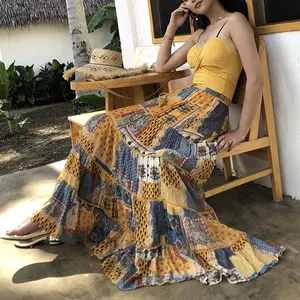


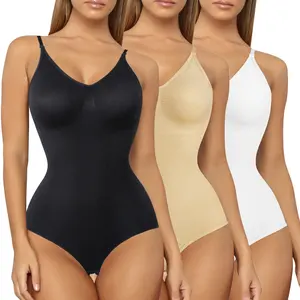

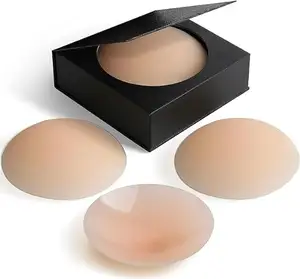

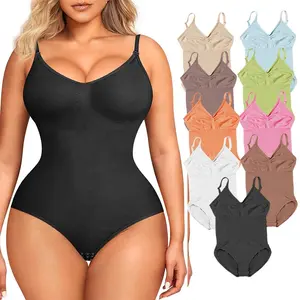


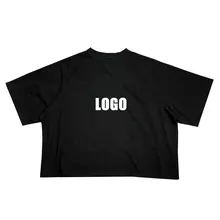
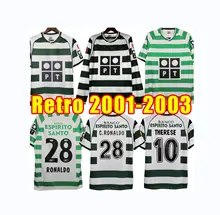
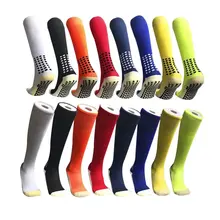

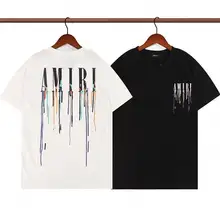
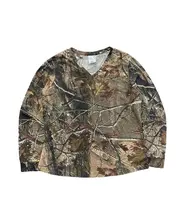


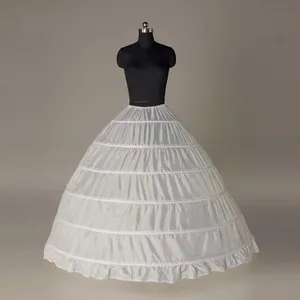
























 浙公网安备 33010002000092号
浙公网安备 33010002000092号 浙B2-20120091-4
浙B2-20120091-4